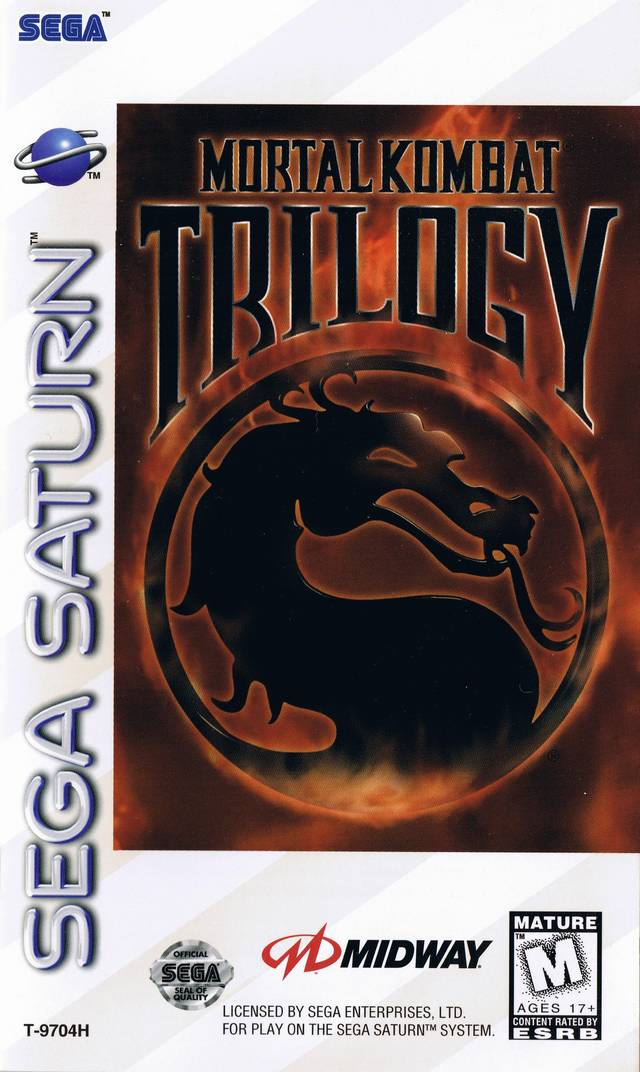

Sales did not meet Sega's expectations despite several price cuts, and the company continued to incur significant financial losses. launch backed by a large marketing campaign, but interest in the system steadily declined as Sony built hype for the upcoming PlayStation 2. Released in Japan to a subdued reception, the Dreamcast enjoyed a successful U.S. In contrast to the expensive hardware of the unsuccessful Sega Saturn, the Dreamcast was designed to reduce costs with "off-the-shelf" components, including a Hitachi SH-4 CPU and an NEC PowerVR2 GPU.

The Dreamcast was Sega's final home console, marking the end of the company's 18 years in the console market. It was the first in the sixth generation of video game consoles, preceding Sony's PlayStation 2, Nintendo's GameCube and Microsoft's Xbox. For the Dreamcast is even more of a joke, as you can't use GD-ROMs without a specic drive and using CDIs is pretty much the worse format for any retail game (and this is what Flycast supports.).All well and good saying all that but you've not provided a single bit to back up any of what you say.The Dreamcast is a home video game console released by Sega on Novemin Japan, Septemin North America, and Octoin Europe.
#Dreamcast bios reddit code#
Btw, the "CD-Project" is a joke, it's just running games that always worked directly from CD-ROMs in other emulador and using this as marketing material (because this is more important to RetroArch than any actual preservation, as they don't even document the code they copied from other sources). If you look into the code, you can actually see code being simply copied from other sources as well, also without being credited. Quoting: Dodongo_KingJust to be clear, most of the progress mentioned in this article isn't actually work made by Flyinghead or anyone related to the RetroArch project, but copy pasted from many other sources that they don't credit: Last edited by Dodongo_King on 13 September 2019 at 9:03 am UTC For the Dreamcast is even more of a joke, as you can't use GD-ROMs without a specic drive and using CDIs is pretty much the worse format for any retail game (and this is what Flycast supports.). Btw, the "CD-Project" is a joke, it's just running games that always worked directly from CD-ROMs in other emulators and using this as marketing material (because this is more important to RetroArch than any actual preservation, as they don't even document the code they copied from other sources). Most of the WinCE support came from the older nullDC repository (the project that became Reicast, by the same developer) HLE bios came from the older (still open source) Redream repository Just to be clear, most of the progress mentioned in this article isn't actually work made by Flyinghead or anyone related to the RetroArch project, but copy pasted from many other sources that they don't credit: They ended it by noting that "real CD-ROM support" may even come soon, to run "CD-R based backup discs".
#Dreamcast bios reddit windows#
To sum up what Flycast is able to do they mention it can run Sega Naomi games, Windows CE games, no limitations on savestates and internal resolutions, actual modem support, built-in zero configuration online multiplayer support, 32bit and 64bit support for x86 and ARM.

They said that lots of the work done for the Windows CE version will benefit all of the games run through it. Thanks to all the work that has gone into it, you will no longer need an external Dreamcast BIOS which is a pretty big milestone for such an emulator and will make it a lot easier to setup and use with the RetroArch front-end.įlyinghead, the main person working on Flycast plans to merge the regular and Windows CE versions into one version making things even easier to play with. In a post on the official Libretro website, the team notes that open source Dreamcast emulation with Flycast (a fork of Reicast) has progress along tremendously.


 0 kommentar(er)
0 kommentar(er)
